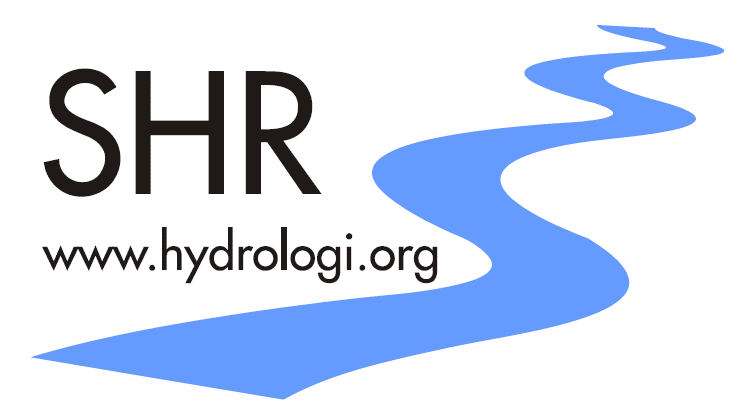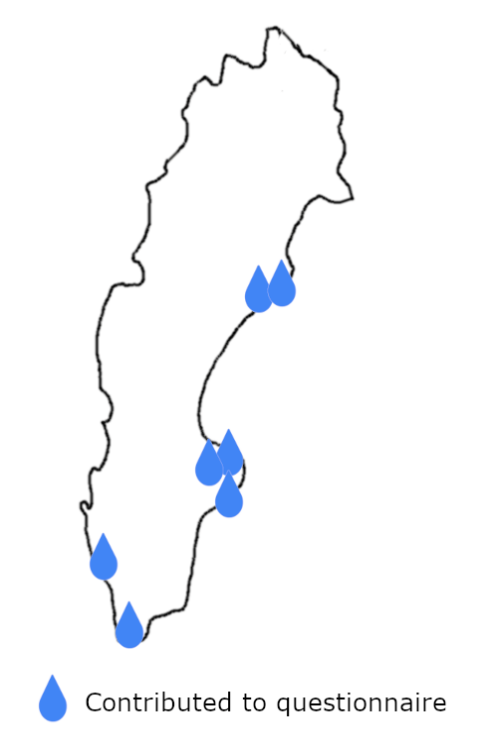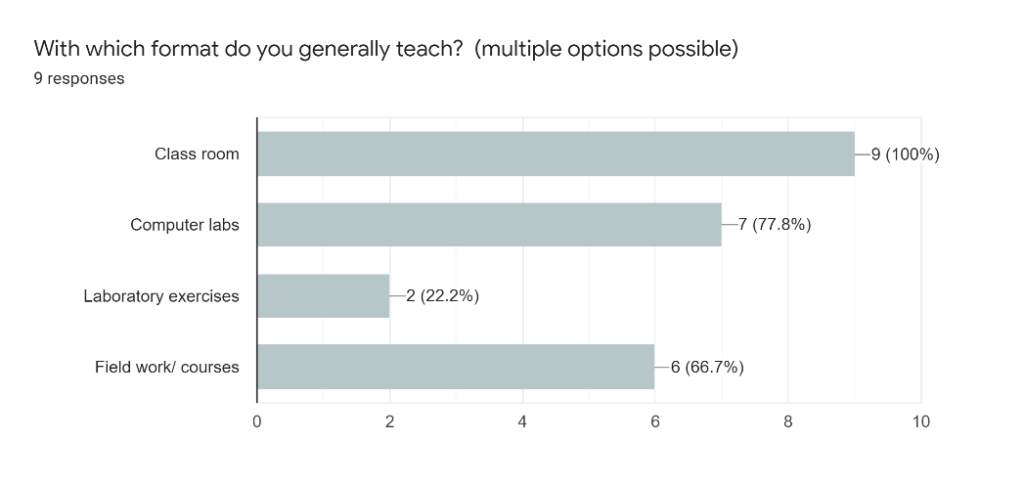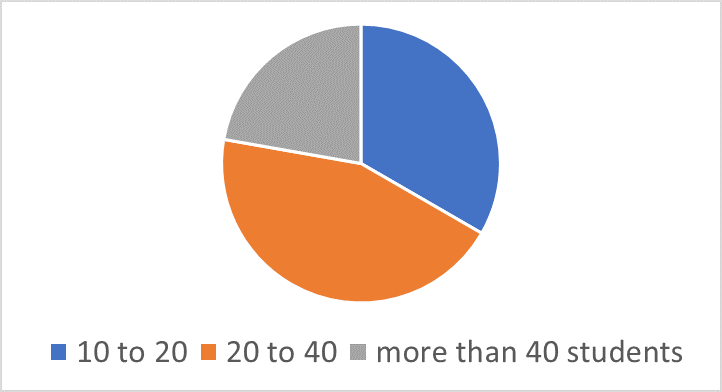🔊 Hydrologidagarna program
It’s soon time for our annual Hydrologidagarna (HD) with this year’s topic theme,” Freshwater: from source to sea.”
The program is now set where experts covering the broad spectrum of water from bio(eco)logical, physical and chemical, and society present their view on the HD theme (program see below).
This year’s HD format will be in person to actively participate by sharing thoughts and ideas with stimulating discussion and networking. The HD will take place at SLU Uppsala on 7 December from 9:00 to 16:00 and will be followed by a meeting of the SHR members (16:00-17.00 on the same day).
There is still a limited number of places left to attend the day. Registering is still possible if you haven’t signed up yet (click here).
We are looking forward to an exciting day and learning more about Freshwater: from source to sea!
Program HD 22
8:45 Registration
9:10 Welcome
Solute transport processes/contaminant transport
9:20 Anna-Karin Dahlberg (SLU) – Dispersal of persistentorganic pollutants (POPs) from wood fiber-contaminated sediments of industrial origin in Sweden
9:40 Emma Lannergård (SLU) – Hysteresis in the flow-turbidity relationship to better understand particle mobilization under current and future conditions
10:00 Jacopo Cantoni (SU) – Data-driven attribution of legacycontributions to diffuse nutrient and carbon loading to streams: Cross-scale multi-catchment comparisons
10:05 Poster session with coffee ☕
Water resources
10:45 Anders Wörman (KTH) – Groundwater discharge phenomena
11:05 Claudia Teutschbein (UU) – Streamflow droughts in Sweden: Spatiotemporal patterns emerging from six decades of observations
11:25 Ida Westerberg (IVL) – Monitoring rivers with drones
11:45 Lunch 🥗🥕📸
Land-use effects / water and society
12:50 Katrin Jones Hammarlund (SLU) – Swedish network of awesome people communicating the value of water
13:10 Alizée Lehoux (UU) – Emissions of greenhouse gasses from contaminated fibrous sediments: characterisation and implications
13:30 Pia Geranmayeh (Kynkäänniemi) (SLU) – Optimising wetland size and placement
13:50 Leg stretch
13:55 Johan Kjellin (Tyréns AB) – The coupling between the shape of the hyetograph and urban flooding consequences – modelling study using swedish empirical rainstorms and city characteristics
14:15 Fredrik Schück (SMHI) – Impact based flood warnings in sweden development and first experiences
14:20 Poster session with fika ☕ 🍪
Hydrology meets ecology
15:00 Isolde Puts (UMU) – Effects of terrestrial inputson resource quality in lakes and coasts in boreal-Arctic Europe
15:20 Jose Lopez (SLU) – Does high temperatures influence tree growth in boreal forests?
15:40 Maria Myrstener (SLU) – Downstream propagation of clearcut effects
16:00 End of HD22
Posters
- Shirin Karimi (SLU) | How different landscape characteristics respond to extreme rainfall events in boreal landscapes
- Elise Jonsson (UU) | Our Water-Energy-Food-Ecosystem Nexus and its Response to Hydrological Extremes
- Disa Ekholm, Fredrik Schück (SMHI) | Impact based flood warnings in Sweden development and first experiences
- Elin Stenfors (UU) | Droughts in forested ecoregions in cold and continental climates: A review of vulnerability concepts and factors in socio-hydrological systems
- Imenne Åhlén (SU) | Wetlandscape hydrology and ecosystem services Jacopo Cantoni (SU) | Data-driven attribution of legacy contributions to diffuse nutrient and carbon loading to streams: Cross-scale multi-catchment comparisons
- Marcus Wallin (SLU) | SITES water – a national infrastructure for ecosystem science
- Lenka Kuglerová (SLU) | Fluvial experimental facility in the Krycklan Catchment
- Karin Eklöf (SLU) | Restoring wetlands or cleaning ditches: Effects on methylmercury in water
- Meredith Blackburn (SLU) | Reataration of wetland – point sources for methane production and mercury methylation?
- Alberto Zannella (SLU) | Carbon dioxide dynamics in a boreal forest ditch affected by clearcut forestry
- Ruben Baan Hofman (SLU) | Forest vegetation along boreal headwaters
- Yaoyi Liu (SU) | Challenge of rainwater harvesting in Shanghai, China
- Maria Elenius (SMHI) | Hydrological indicators for biodiversity




